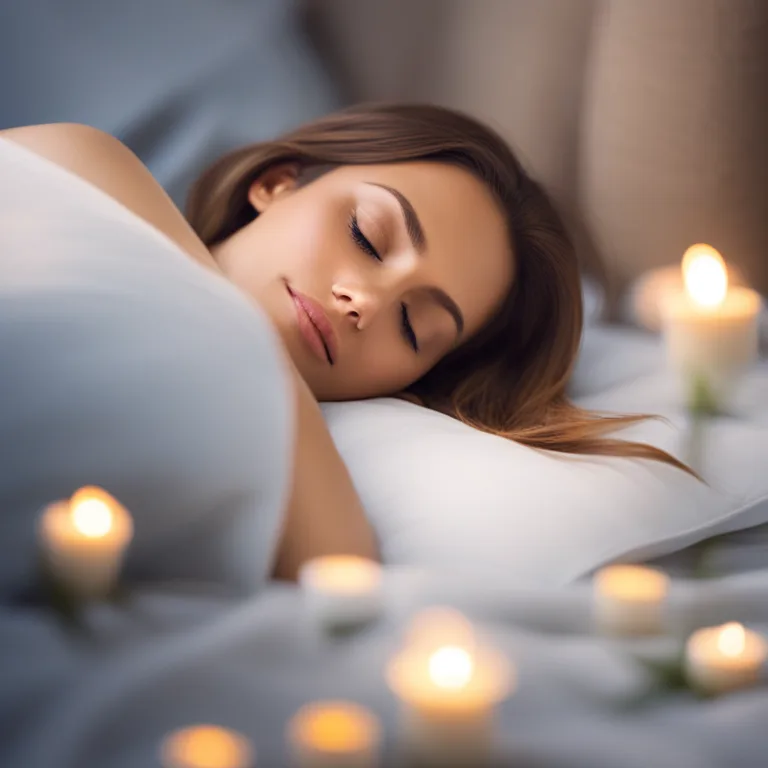
Meditation Techniques for Better Sleep
Discover effective meditation techniques to improve your sleep quality and foster restful nights.
article by Hina Kurosawa
Introduction to Sleep Meditation
Meditation has been practiced for centuries as a way to calm the mind and prepare the body for rest. In recent years, sleep meditation has gained popularity as a natural remedy to combat insomnia and improve sleep quality. These techniques focus on reducing stress, calming the nervous system, and creating a mental environment conducive to sleep. With its non-pharmacological approach, meditation is considered a safe and effective way to enhance one's sleep experience.

Mindfulness Meditation for Sleep
Mindfulness meditation encourages practitioners to observe their thoughts and feelings without judgment. At bedtime, it can be particularly helpful for quieting the mind's chatter and releasing the day's stresses. To practice, simply lie in bed and focus on the sensations of breathing. Acknowledge any thoughts or concerns that arise, and gently redirect your focus back to your breath. This practice not only helps in falling asleep faster but also improves the quality of sleep.

Guided Visualization for Relaxation
Guided visualization is a technique involving the mental picturing of a peaceful scene or story. This can effectively divert your attention away from stress and toward a state of calm. Many audio and video resources are available in 2024 that offer guided visualization specifically tailored for sleep enhancement. By imagining a serene environment or a relaxing narrative, you can distance yourself from daily worries and drift into a restful slumber.

Body Scan Meditation for Physical Relaxation
Body scan meditation focuses on releasing tension from the body, which aids in promoting sleep. Start by lying in bed and taking some deep breaths. Gradually bring your awareness to different parts of the body, starting from the toes and moving upwards. Pay attention to any areas that feel tense or uncomfortable and consciously relax them. This technique not only helps to relax the body but can also reduce physical symptoms of stress and anxiety that might impede sleep.

Progressive Muscle Relaxation (PMR)
Another effective technique is Progressive Muscle Relaxation (PMR), where you tense and relax each muscle group. It’s done by tightening a muscle for a few seconds, then releasing, and noticing the sensation of relaxation. This method is particularly beneficial for individuals with physical discomfort or those who experience difficulty in noticing bodily tension. By 2024, PMR remains a recommended practice by sleep specialists due to its efficacy in reducing bedtime stress and improving sleep outcomes.
Breath-Focused Techniques
Breathing techniques, such as the 4-7-8 method, have gained prominence for their sleep-inducing properties. This technique involves inhaling deeply for 4 seconds, holding the breath for 7 seconds, and exhaling for 8 seconds. The rhythmic nature of this practice helps to slow down the heart rate and promote a sense of calm. In addition, breath work supports the body's shift toward the parasympathetic nervous system, which is vital for rest and digestion, further facilitating a transition to sleep.
Establishing a Meditation Routine
Consistency is key in any meditation practice, and establishing a nightly routine can significantly improve its effectiveness. Aim to meditate at the same time each evening to signal to your body that it's time to wind down. In the rapidly evolving world of 2024, many people find that adding meditation to their smart home night routine, setting automated reminders or utilizing wearable technology to track their meditation habits, is a helpful way to stay consistent.
Published: 12/20/2023
Modified: 12/20/2023
More predictions
Come back here soon to learn more about yourself and your future


Meditate Your Stress Away
Discover effective meditation techniques to combat stress and foster tranquility in your everyday life.


Can Meditation Improve Sleep?
Discover if meditation can be the key to better sleep and how it influences your nightly rest.


Mindfulness Meditation Techniques
Discover effective meditation practices to enhance mindfulness and promote inner peace in our fast-paced world.